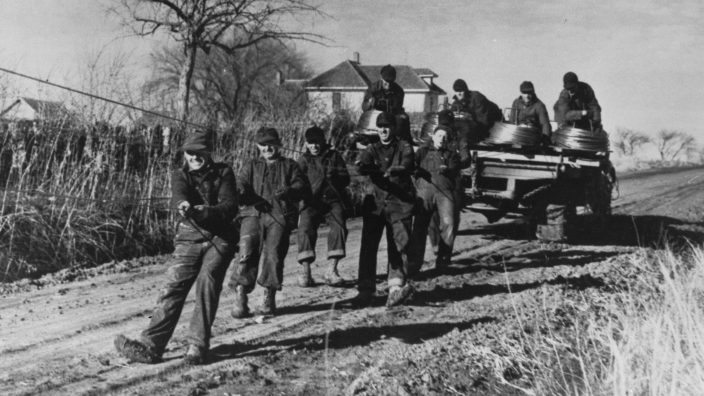Applications for Ohio Farm Bureau Health Plans now available
Members have three ways to apply: contacting a certified agent, calling 833-468-4280 or visiting ohiofarmbureauhealthplans.org.
Read MoreWhen it came to access to electricity in the 1930s, rural Ohioans were mostly left in the dark. In 1935, only two out of every 10 Ohio farms were electrified with most of them located near well-lit towns and cities.
All that changed with the creation of the Rural Electrification Administration. Its goal was twofold: to help alleviate the nation’s massive unemployment during the Great Depression and bring electricity to rural areas by allowing residents to form electric cooperatives. Previously, private utility companies had resisted building the necessary infrastructure in rural communities, claiming it was too expensive for the number of new customers gained. Ohio Farm Bureau’s first Executive Secretary Murray Lincoln helped lead the effort to bring electricity to Ohio’s countryside and not only improve farm operations but the quality of life for rural residents.
Lincoln and other Ohio Farm Bureau leaders and volunteers worked fast and furiously to create rural cooperatives throughout Ohio in order to apply for REA construction loans. A cooperative is an organization formed by individuals or businesses to provide products or services more efficiently as a group. The co-op members also own the co-op and share the profits or benefits.
It wasn’t long before 30 electric cooperatives were established in Ohio with 5,000 miles of electric line strung up in just 2½ years. By June 1937, more than 36 percent of rural Ohio had electricity with that number rising to almost 100 percent in 1950. Shortly after rural electric co-ops were established, the cost of electricity was cut in half for all Ohioans, Lincoln said in a book about his life, “Vice President in Charge of Revolution.”
“Farm Bureau has been called the mother of cooperatives,” said Dale Arnold, Ohio Farm Bureau’s director of energy, utility and local government policy. “Many co-ops and businesses using the cooperative model today were started by or with the help of Farm Bureau. That includes Nationwide Insurance. When farmers had a need that was not addressed by the marketplace, they used cooperation, worked together and addressed it on their own.”
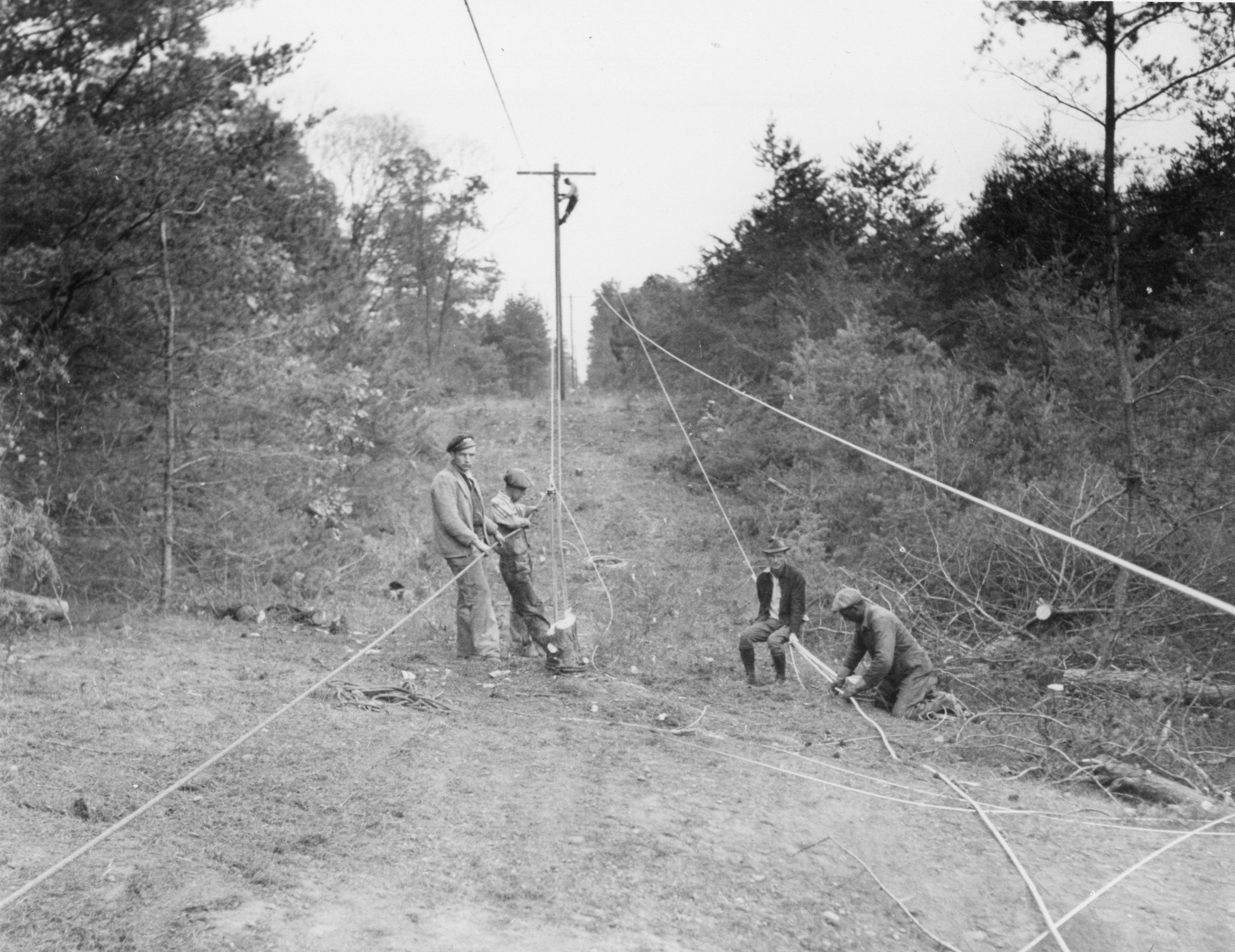
Today, electric cooperatives still serve rural residents by providing clean, safe and affordable energy. Ohio’s Electric Cooperatives is a not-for-profit, member-owned utility and trade association that serves 24 co-ops and their consumer-members—more than 380,000 homes, farms and businesses throughout the state. Those power needs are mainly met by a clean coal-fired power plant that has more than $1 billion in emissions controls, said Patrick Higgins, the company’s director of communications.
In order to have a more diverse energy portfolio, Ohio’s Electric Cooperatives has started investing in renewable energy sources such as wind, solar, landfill (capturing methane) and anaerobic digesters on farms (capturing methane from animal waste). The company’s wind-generated power comes from a wind farm in Iowa, and last year it started constructing the first of two dozen community-based solar power systems throughout Ohio. Some co-op members will be able to purchase part of their power from the solar panels.
“We’re always doing what’s in the best interest of our members,” said Doug Miller, vice president of statewide services at Ohio’s Electric Cooperatives. “We’ve been promoting energy efficiency for 80 years because we’re not here to make a profit. We want the member to have the most efficient source of energy that they can.”
Working for you
Rural Ohio is increasingly becoming an important player in energy production as utilities look for ways to develop Ohio’s energy sources. Rural residents own much of the land that is needed for fracking, installation or repair of oil and natural gas pipelines and development of solar or wind farms. Ohio Farm Bureau promotes development of a comprehensive state energy policy, which includes advanced coal and nuclear, as well as cost-effective renewable technologies. Because these issues are complex and involve not just individual landowners but entire communities, Ohio Farm Bureau has been holding energy issues briefings. Last year Farm Bureau’s energy expert, Dale Arnold, held 85 meetings with more than 3,200 members in attendance.
To request an informational meeting on pipelines, electric transmission lines, oil and gas exploration or solar and wind farms, contact your county Farm Bureau.
Generation Electricity
Ohio farmers like Farm Bureau state board member Chris Weaver of Williams County are providing renewable energy to Ohio’s Electric Cooperatives through on-farm anaerobic digesters. His Bridgewater Dairy is a member of North Western Electric Cooperative. The family farm has invested more than $2 million in a digester that captures methane from cow manure and uses it to turn a turbine, generating electricity that is sent through transmission lines to the grid, helping fulfill the power needs of Ohio Electric Cooperative members. The digester also reduces manure odors and creates a solid byproduct that the farm uses as bedding for
the cows.
Photos courtesy of Ohio’s Electric Cooperatives
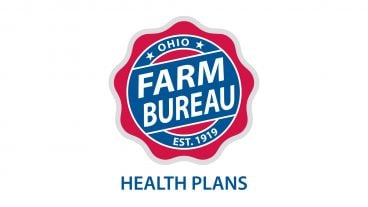
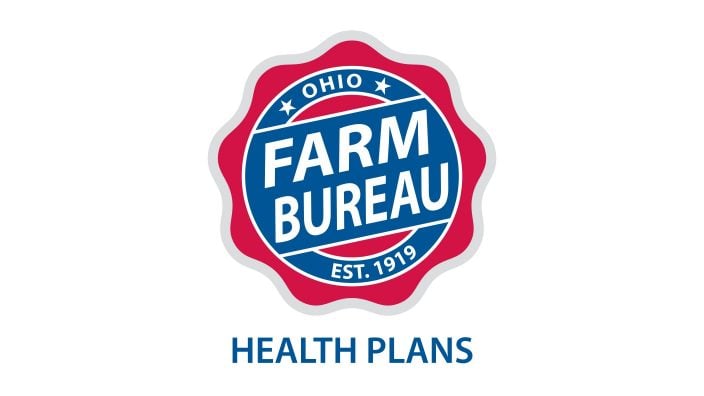
Members have three ways to apply: contacting a certified agent, calling 833-468-4280 or visiting ohiofarmbureauhealthplans.org.
Read More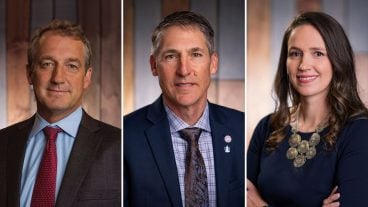
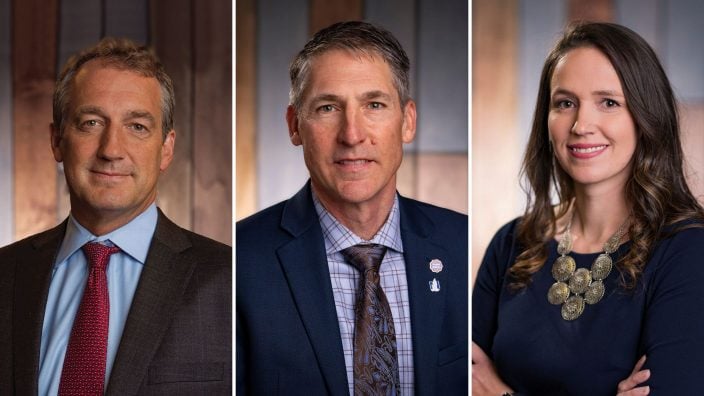
Bill Patterson, Cy Prettyman and Adele Flynn will continue to serve as officers for Ohio Farm Bureau Federation.
Read More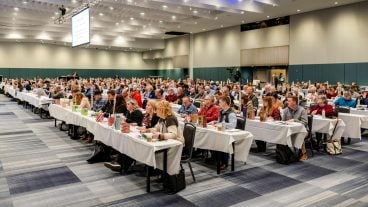
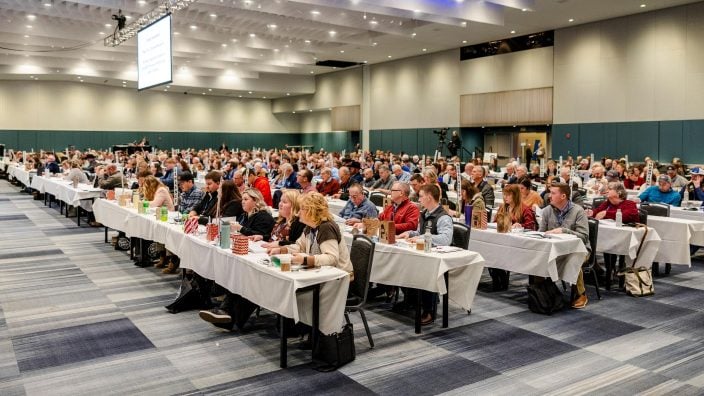
Delegates discussed many topics impacting agriculture including farmland preservation, local foods, and succession planning.
Read More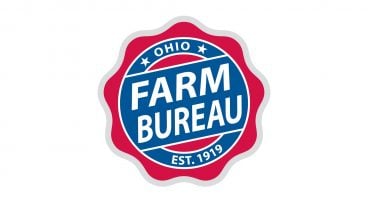
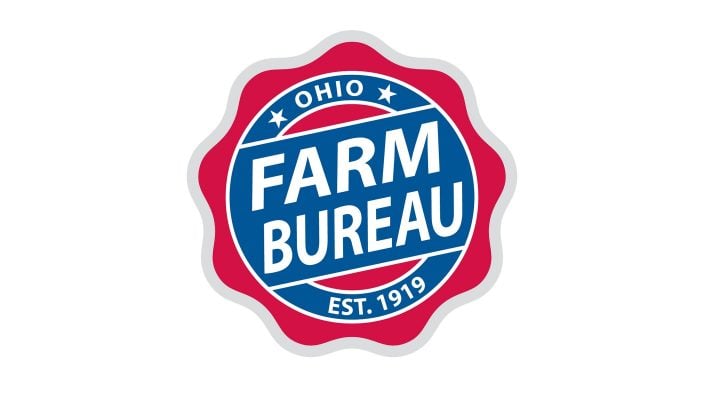
Twenty-six farmers govern the state’s largest farm and food organization.
Read More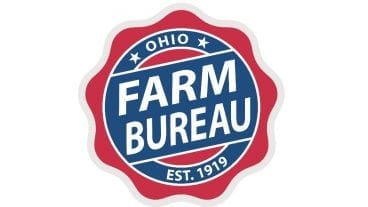
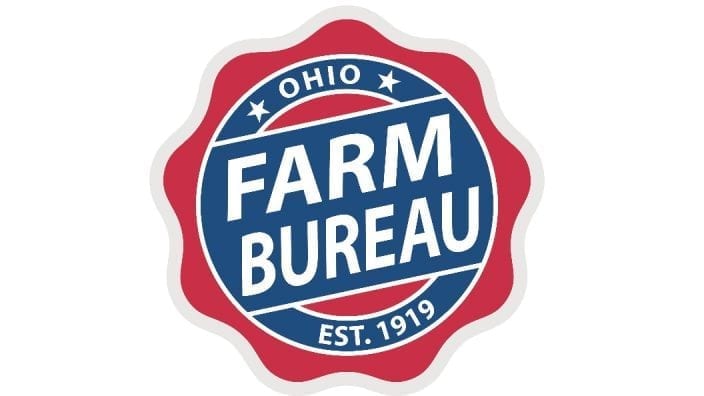
The 2025 recipients are Fred Cooke (posthumous) of Richland County, Marvin Dietsch of Williams County, Steven Knollman of Hamilton County and Michele Miller (posthumous) of Ottawa County.
Read More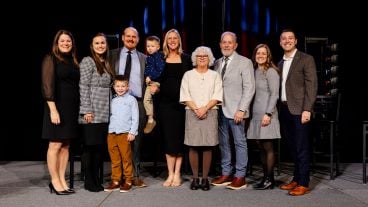
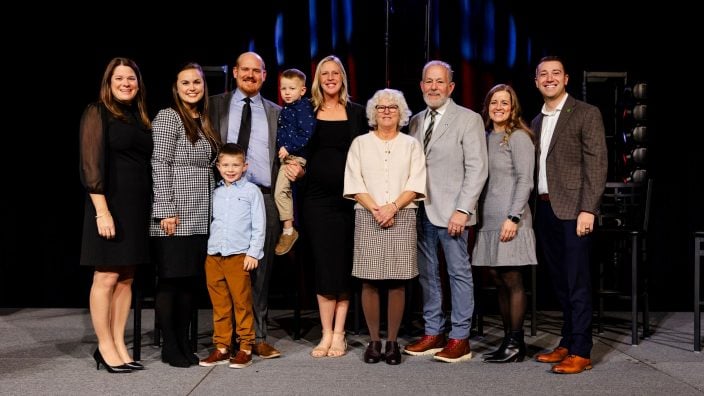
Nathan and Jill Parriman grow seasonal crops, including Christmas trees, pumpkins and cut flowers, providing U-cut experiences that invite customers to engage directly with agriculture.
Read More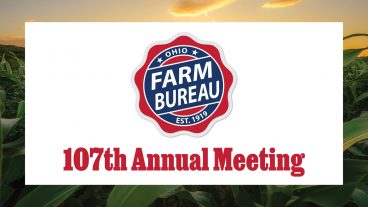
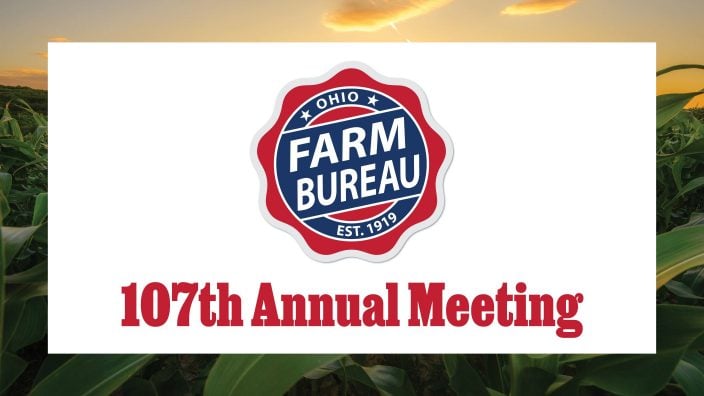
The 2025 Distinguished Service Award recipients are Craig Adams, Mike Townsley, and Kellogg Farms, Kurt Farms and Stateler Family Farms.
Read More

Ohio Farm Bureau Treasurer Adele Flynn participated in the meeting, representing Ohio farmers.
Read More

For Ohio and PJM region, the outlook is reassuring—ample reserves and strong planning should keep the power on.
Read More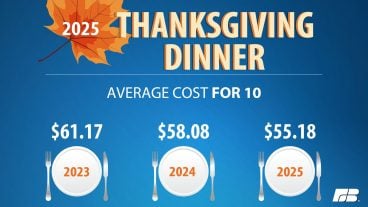
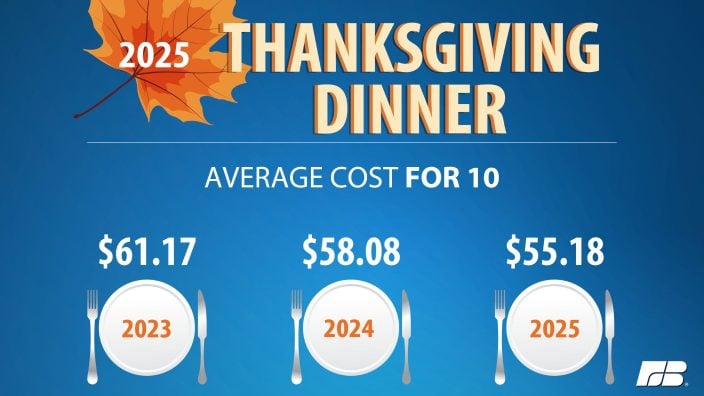
The average price for a classic holiday feast for 10 in Ohio will cost $55.87.
Read More